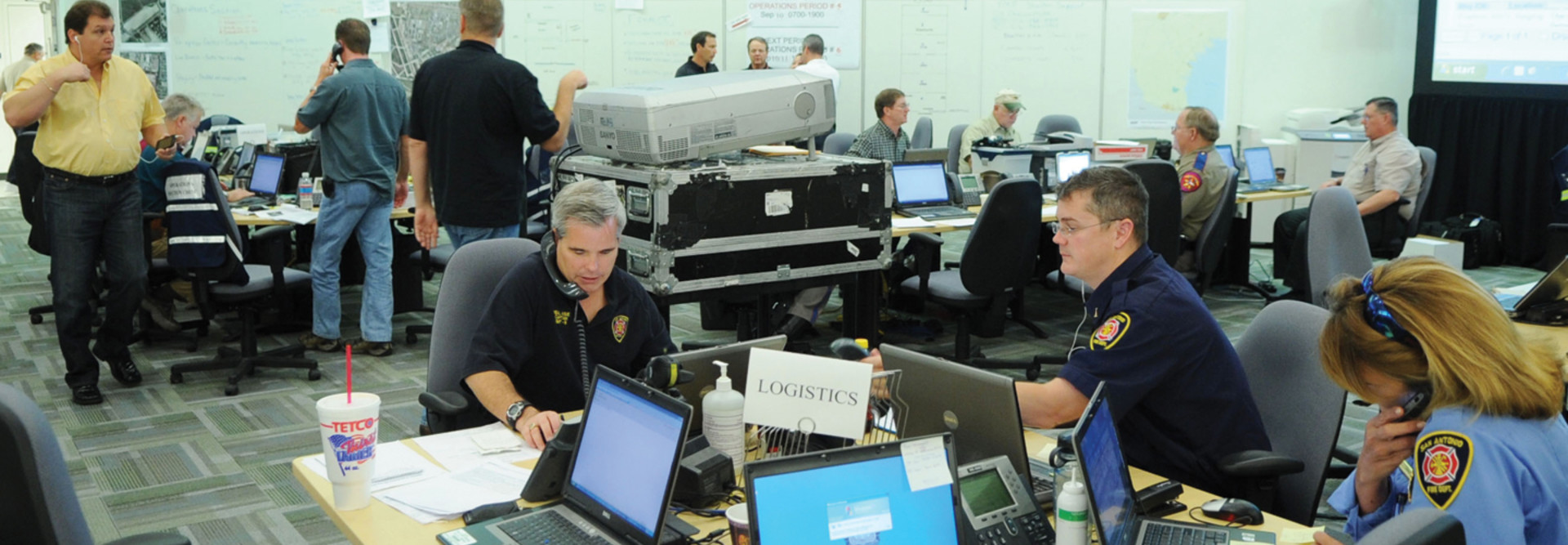How AI Can Predict and Mitigate Disasters
The report specifically focuses on California and how disasters could impact the Golden State, but the lessons from the report are applicable elsewhere, since so much of the country is prone to natural disasters of one kind or another.
“Knowing what disasters may strike and what their potential impact may be could improve resilience by enabling California governments and emergency responders to prepare more useful mitigation plans and decide how to spend limited resources more effectively,” the report states.
AI tools could also “reveal a community’s susceptibility to disasters it might not have previously known, such as being in the path of potential floods.”
Agencies can use AI technologies to sift through reams of data and develop computer simulations about future trends. For example, the report notes, AI tools could analyze information on hurricanes from the past century. Simulations then produce massive amounts of data that must be analyzed, according to the report.
A computer simulation of extreme weather patterns, “can easily produce 100 terabytes of data spanning 100 years of simulated time in the future,” says Prabhat, data and analytics services group leader at the Lawrence Berkeley National Laboratory, in the report. For comparison, the average personal computer can store up to half a terabyte of data.
The report notes that AI tools could “find patterns to identify hazardous events, while also helping to analyze how those patterns and trends, such as the length or intensity of droughts or floods, could change in the future.”
There are other ways AI tools can aid state and local governments in responding to disasters. For example, they could assess the impact of disasters, using data on “people and details about communities, such as the age or height of structures, the number of hospital beds or the location of fire stations.” Then, the tools could “compare and contrast that information with disaster simulations based on past data,” and help identify, for example, “which parts of a city are vulnerable to landslides after torrential rainfalls, based on soil type, or where and how quickly a neighborhood could be evacuated from the path of a tsunami, based on population, evacuation routes and land elevation.”
AI tools can also serve as an early warning system for disaster by continuously monitoring large quantities of information, “such as by-the-minute atmospheric pressure readings from weather stations or publicly available social media feeds,” the report notes. Since AI tools can run 24/7, they can be much more efficient at processing and analyzing such data than a human can.
Bijan Karimi, the assistant deputy director for emergency services at the San Francisco Department of Emergency Management, said in a webcast hosted by Microsoft this month that he is excited about the possibilities AI can open up, especially as the city responds to the pandemic
“We’re trying to figure out what’s important and what’s just chatter in the background,” Karimi said, according to StateScoop. “So many things are interacting now in ways that perhaps weren’t intended. It’s not possible to take a single piece of information and know where it’s coming from and how it’s impacting other things. That is the information challenge we have. Even when the information’s coming in, it’s not linear. So many things are connected to one another.”
READ MORE: Find out how AI use is expected to grow in state governments.
AI Can Help Government Even if a Disaster Strikes
Although AI is seen as a way to predict and get ahead of disasters, this may not always be possible. However, AI can also help speed up the recovery by helping agencies perform damage assessment more efficiently.
“Knowing the specifics of how a disaster has affected a community or neighborhood could eliminate the need to spend hours surveying disaster damage, valuable time that could be spent getting aid to the hardest-hit areas or setting up shelters,” the report notes. “Officials and responders typically eyeball damage, sometimes by flying in helicopters or sending drones over an area to evaluate the destruction. This activity mostly provides a high-level assessment. It also is very time-consuming, as responders must spend time assessing and making judgments about each individual structure.”
Instead, the report notes, governments and first responders could quickly use a satellite flying overhead capable of photographing large swaths of the affected area. AI can then “automatically do damage assessment on images from space, so no people are involved in the assessment,” Ritwik Gupta, of Carnegie Mellon University’s Software Engineering Institute and the federal Defense Innovation Unit, says in the report. That would then free first responders to focus on helping people on the ground.
The report argues that governments need to ensure proper data access, quality and usability when deploying AI in such scenarios. They also need to be more proactive, work with other government agencies, ensure that they still have humans with expertise in disaster response and make such AI tools easy to use.
“AI is not a replacement for human expertise,” Mike Pavolonis, a physical research scientist at National Oceanic and Atmospheric Administration, says in the report. “It is a complement to it.”











